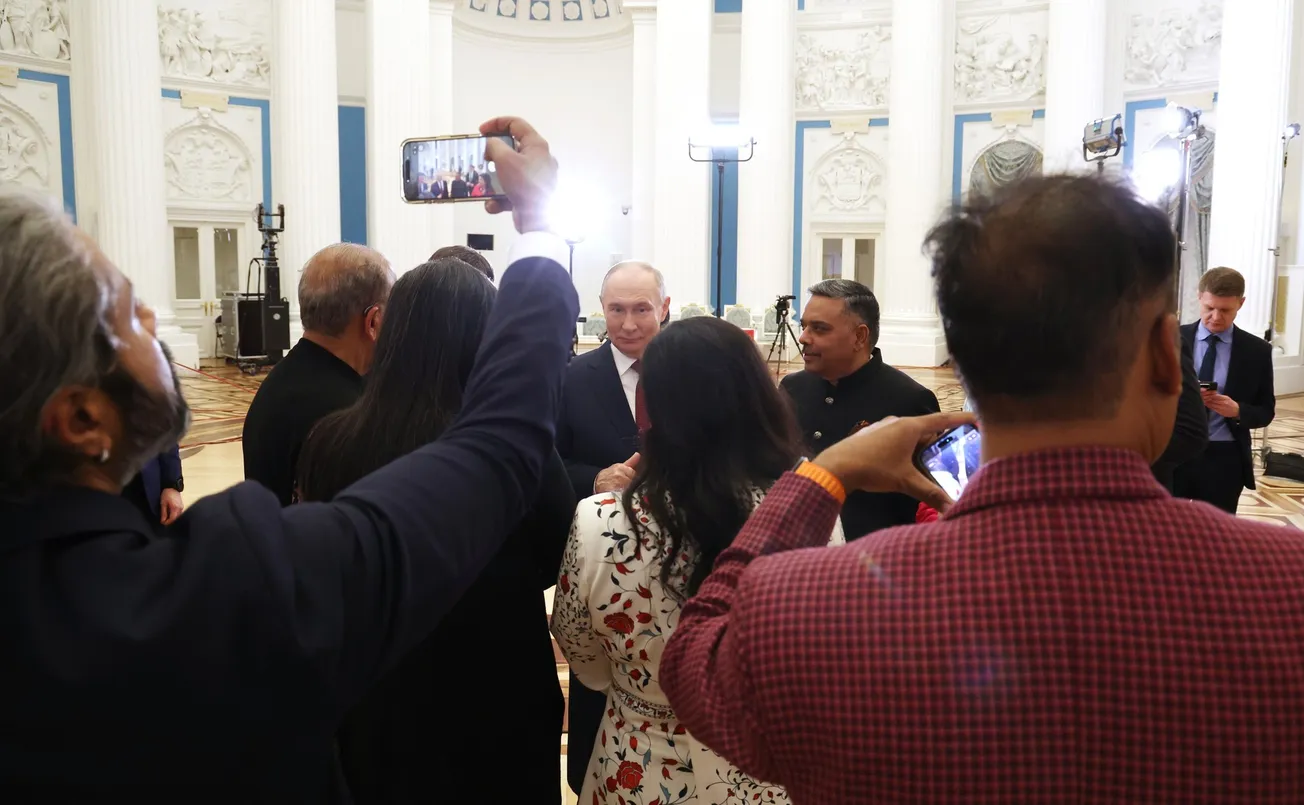Bloomberg News and British media such as Reuters have been outdoing each other this week with headlines such as “Russian Banks Say They’ve Run Out of Yuan as Chinese Firms Pull Away from the Nation,” claiming that the new round of U.S. financial sanctions on China’s banks and companies, imposed in June, is collapsing China-Russia trade.
Henry Johnston, a serious economist who writes for RT, described the actual increasing effectiveness of the last round of U.S. sanctions against Chinese banks supplying trade credit to Russian banks, manifested in yuan shortages in the Russian banking system. Johnston emphasizes that this is no “discovery” of British intelligence, but is discussed openly and constantly in Russian media and even in Russian officials’ statements to media like Reuters. One official, quoted regarding a yuan-drought situation at the end of August, told Reuters: “At that moment, all cross-border payments to China stopped. We found solutions, but it took about three weeks, which is a very long time; trade volumes fell drastically during that time.”
However, those volumes of Russian imports from China resumed to within 1-3% of their level earlier in the year, reports Johnston in this frank and very detailed account. The interest cost of acquiring yuan with rubles soared in late August and went momentarily as high as 242%, driving down the ruble’s value in yuan. The work-arounds necessitated increasing currency swaps between the two central banks; effectively the Chinese banking system has made yuan currency only partially convertible—through the Russian central bank. Johnston quotes CEO Andrei Kostin of the state lender VTB Bank, though not dating Kostin’s comment: “I think the central bank can do something. They hopefully understand the need to increase the liquidity offer through swaps.”



